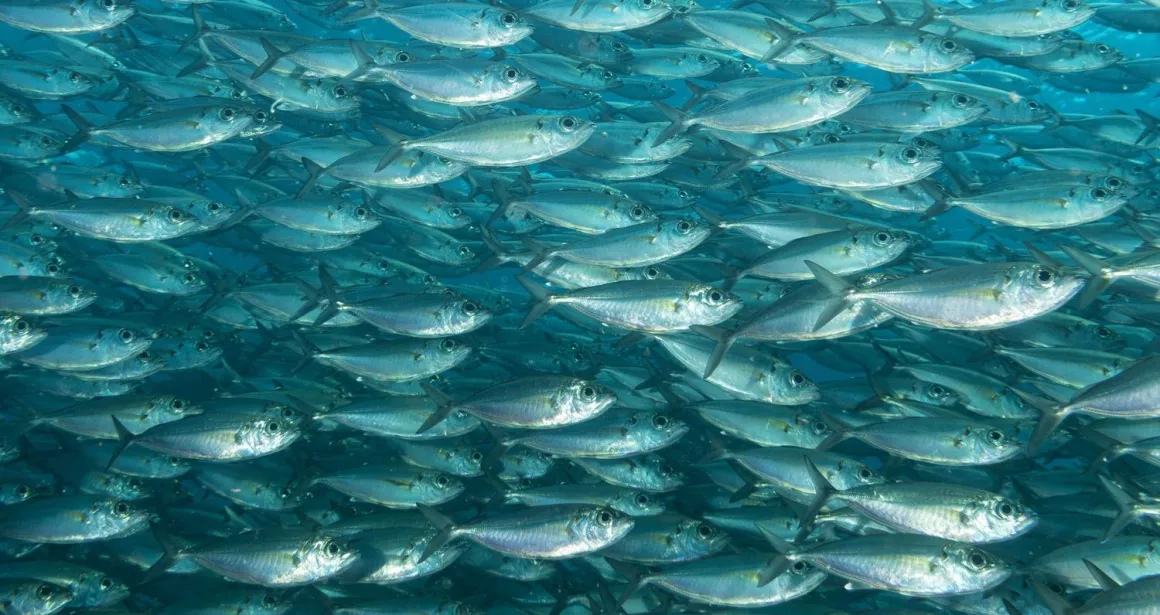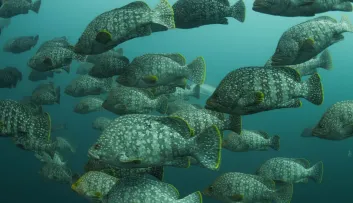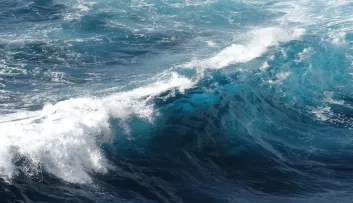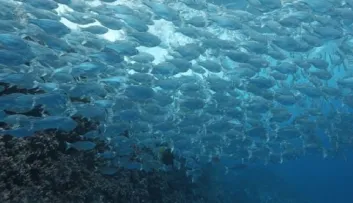Biodiversity High Seas 4mn
Biodiversity on the High Seas at long last protected?
In 2018, an ambitious initiative for the ocean was launched.

A convention to protect marine life on the High Seas
The aim is to draw up a convention to protect marine life on the high seas in international waters. Human activities and the exploitation of natural resources are intensifying in the open seas, far from the coasts and the public eye, and threatening the ocean, which is so essential to our existence. Will an agreement at long last be reached? This is a necessity, for the high seas, for the common interest, the interest of all mankind.
The high seas cover almost half the planet and are home to hundreds of thousands of species, perhaps millions that have still to be identified. Located beyond the zones that come under the jurisdiction of the States, it is an international area that belongs to no one but is the responsibility of all.
Without the Ocean, life would not exist. It drives the water cycle, produces half the oxygen in the atmosphere thanks to plant plankton, and regulates the climate: the ocean has absorbed more than 90% of the heat and 30% of the CO2 emissions linked to human activities.
For a long time, it was thought that the high seas, an immense and distant expanse, were invulnerable. Yet they are affected by the growing impact of human activity. Fishing, maritime transport and the laying of undersea cables, which carry 99% of our telephone and internet communications, are all being developed in this expanse. The opportunities for exploration, innovation and research are vast. Research into the species that live in these waters has already led to the discovery of molecules and genes that have led to new medicines and innovative products for industry.
However, overexploitation, pollution and global warming are putting the inhabitants and ecosystems of the high seas at risk. The air and the ocean have no borders, and even activities on land can threaten this fragile environment. Today, waste has been found at the deepest point of the ocean, at a depth of -11,000 m!
Managing the High Seas is a major challenge for the 21st century
Protecting and managing the high seas more effectively is a major challenge for the 21st century. At the United Nations, the international community began negotiations on protecting marine biodiversity beyond national jurisdictions back in 2018.
This agreement is intended to supplement the Montego Bay Convention on the Law of the Sea, which defines the main maritime zones (territorial waters, exclusive economic zone and the high seas) and the main principles, such as the freedom to sail and to conduct scientific research on the high seas. In the international marine area, there are two zones: the water column and the seabed, known as the Zone. The resources in the Zone are considered to be the common heritage of mankind and are managed by the International Seabed Authority (ISA).
The aim of this new convention is to recognise the importance of preserving life on the high seas. The agreement must lead to the creation of marine protected areas, research into the impact of human activities on the environment and greater transfer of knowledge and technology to developing countries. Lastly, a delicate point concerns the use of genetic resources. As the high seas do not belong to any particular State, countries or companies that derive a monetary benefit from exploiting them will have to share it equitably with the international community.
The treaty was due to be signed in August 2022, but the Member States were unable to reach agreement, particularly on financial issues. At the beginning of March at the United Nations in New York, discussions resumed with the aim of at last finalising the agreement. Will the nations of the world be able to rise to the challenge?
’UCA - Union des Conservateurs d'Aquariums (French Union of Aquarium Curators)
Aquariums, members of the UCA, share the responsibility of raising public awareness on these issues, which are essential for our future.
France has world-renowned players in this field, public aquariums and oceanographic institutions that have constantly reinforced and vigorously reaffirmed their firm commitments and concrete actions to conserve and preserve marine biodiversity. This is borne out by the tremendous work carried out over the years by the aquariums that are members of the UCA (Union des Conservateurs d’Aquariums -French union of aquarium curators), which, under the supervision of the highest international environmental protection authorities, have been working together on far-reaching programmes, from breeding tropical and European fish to creating marine protected areas and restoring coral reefs in many countries.
As venues for researchers and scientific partners, aquariums also contribute to expanding research into the marine environment. Several aquariums work on a daily basis with French and international research organisations to put together scientific and educational projects, conferences and exhibitions that focus on the ocean.


